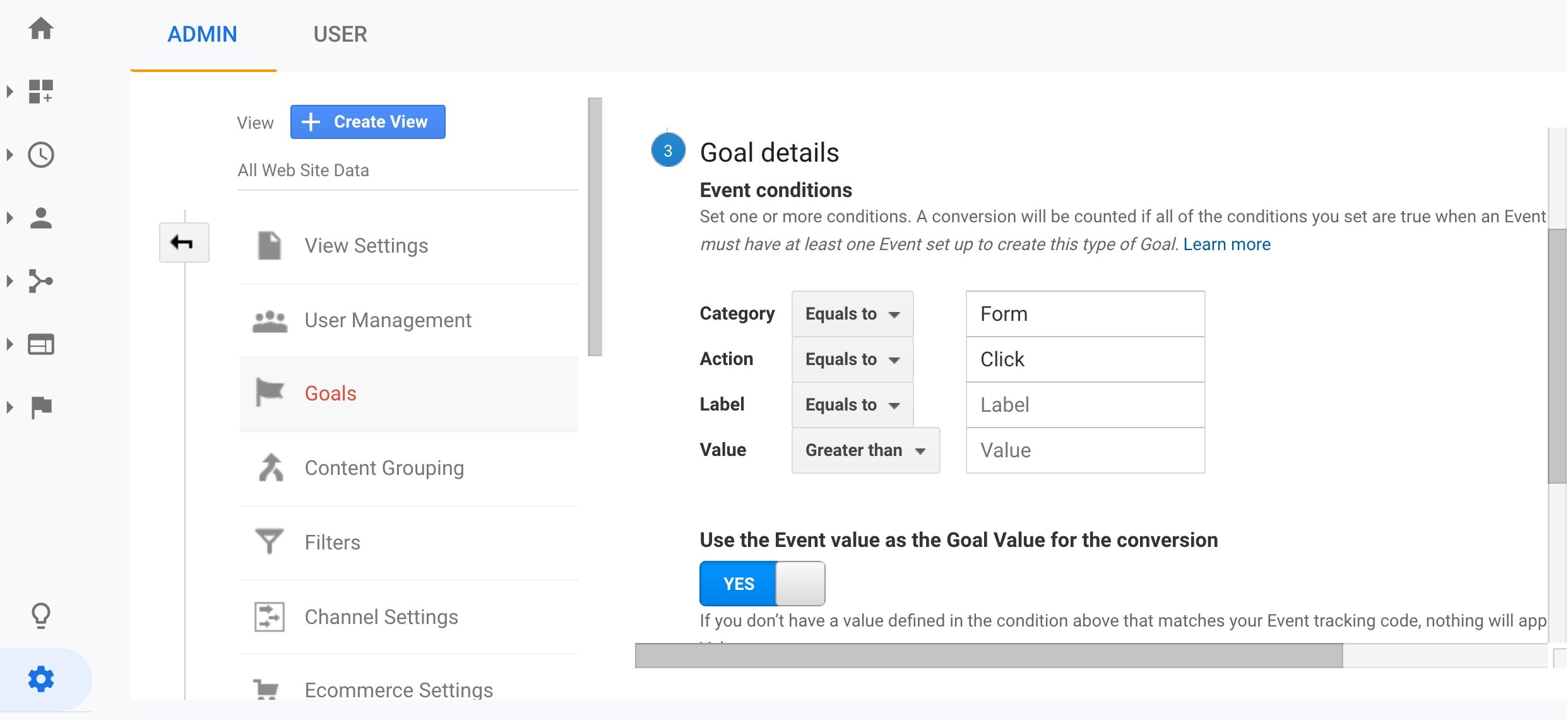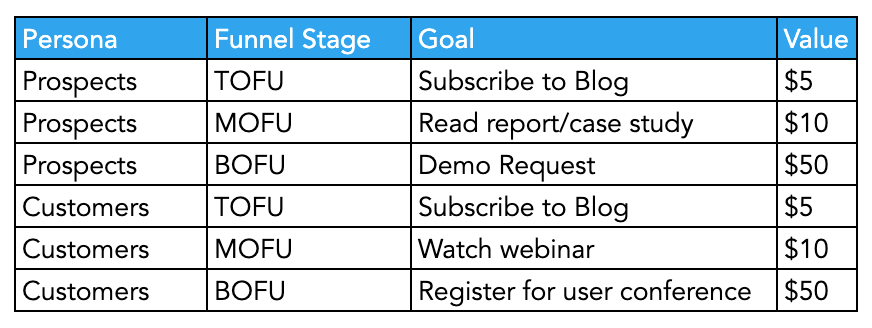Debunking Google Analytics Limitations: Reveal What Data Goals Can not Track
In the realm of digital analytics, Google Analytics stands as a powerful device that supplies important understandings right into web site performance and individual behavior. From the complexities of individual communication with dynamic web content to the intricacies of cross-device customer trips, these restrictions shed light on locations that might stay obscured from standard analytics point of views.

Customer Interaction With Dynamic Web Content
Customer interaction with vibrant web content plays a critical duty in understanding customer behavior on web sites and enhancing the total customer experience. Dynamic content refers to elements on a webpage that can transform without the need for a complete web page reload. This includes interactive aspects such as pop-ups, sliders, types, and video clips that respond to user activities in real-time. By tracking individual communications with vibrant web content, site proprietors can gain valuable insights right into customer interaction, choices, and behaviors.
Google Analytics supplies different devices to track customer communications with vibrant content, such as event tracking and virtual pageviews. Event tracking permits you to keep an eye on details user activities, like clicking a button or enjoying a video clip, offering data on how customers interact with vibrant elements.
Cross-Device Individual Journeys
How can modern-day analytics devices track the complex courses individuals take across several gadgets in their on the internet journeys? Cross-device individual trips present a substantial obstacle for tracking and analyzing user behavior accurately. As users connect with sites or applications using numerous tools such as desktops, tablet computers, and smartphones, it ends up being crucial to understand how they relocate between these systems to enhance individual experience efficiently.
Google Analytics encounters limitations in tracking cross-device individual trips because of personal privacy concerns and technical restraints - what data is google analytics goals unable to track. While it can provide insights into individual gadgets' communications, tracking a smooth individual journey throughout several devices stays a difficulty. This limitation can result in insufficient information and fragmented user insights, making it challenging for services to develop a unified sight of the client trip
To resolve this problem, organizations can utilize innovative analytics devices that provide cross-device monitoring abilities, enabling them to acquire a much more alternative understanding of customer actions. By leveraging these devices, companies can connect the void in tracking cross-device customer journeys and optimize their electronic strategies for a smooth user experience.
Offline Conversions and Attribution
As companies navigate the challenges of tracking cross-device customer trips, one more crucial aspect to consider is the world of offline conversions and acknowledgment in the realm of information analytics. While Google Analytics supplies beneficial understandings into on the internet individual habits, it falls short when it pertains to tracking conversions that occur offline. This limitation postures a significant difficulty for organizations that have both online and offline sales channels.
Offline conversions, such as purchases made in physical stores or via phone call centers, are necessary to recognizing the full consumer trip. Without the ability to associate these offline conversions to specific online interactions, companies might struggle to accurately gauge the impact of their electronic advertising and marketing initiatives.
To resolve this void, businesses can explore alternate options such as incorporating CRM systems with on the internet analytics tools or making use of distinct discount codes that can be traced back to on the internet campaigns. By linking the gap in between online and offline data, businesses can get a more comprehensive understanding of their clients' actions and improve their general advertising strategies.
Person Customer Identification
In the world of information analytics, the capability to properly determine individual users across different on the internet touchpoints is an essential challenge for companies seeking to individualize and optimize their advertising techniques. While Google Analytics gives valuable understandings into individual habits and interactions, it falls brief in enabling the identification of particular people due to privacy issues and technical constraints. Google Analytics utilizes unique identifiers such as cookies to track individual sessions and behavior, but these do not equate to determining specific customers in a personal sense.

Information From Secure Pages
Regardless of the boosting frequency of protected pages on internet site web sites, acquiring information from these encrypted sources presents a special obstacle for digital analytics platforms like Google Analytics. Safeguard pages, indicated by HTTPS in the URL, encrypt information traded in between the individual's internet browser and the internet see page site's web server to guarantee personal privacy and safety. While this encryption is vital for safeguarding sensitive details, it also positions restrictions for tracking individual habits and event analytics information.
Google Analytics encounters challenges in collecting detailed details from secure pages because of the file encryption procedures in position. As a result, particular data points such as referral sources, keyword searches, and also some user communications may not be completely caught when individuals access an internet site via a safe link. This restriction can influence the precision and completeness of the information analysis, bring about spaces in understanding individual habits and preferences on secure web pages.
To browse this obstacle, digital experts may need to check out alternative tracking techniques or take advantage of various other devices specifically made to collect understandings from safe and secure pages. By adjusting approaches to fit these constraints, services can still obtain useful analytics in spite of the restrictions presented by encrypted links.
Conclusion
Finally, Google Analytics has constraints in tracking customer interaction with dynamic content, cross-device individual trips, offline conversions, individual user identification, and data from secure pages. These limitations hinder a comprehensive understanding of user actions and may result in spaces in information analysis. Despite its beneficial understandings, Google Analytics might not offer a full photo of individual involvement across various touchpoints. It is vital for companies to be aware of these limitations and take into consideration supplementary tools for a much more holistic view of their information. index
Customer interaction with dynamic web content plays an important role in recognizing individual actions on sites and maximizing the overall user experience. By tracking customer communications with vibrant material, web site proprietors can acquire important understandings right into individual engagement, choices, and habits.
Google Analytics utilizes unique identifiers such as cookies to track individual sessions and actions, yet these do not correspond to identifying private users in an individual sense.
As a result, certain information factors such as recommendation resources, keyword searches, and even some individual communications may not be totally recorded when customers access a website through a safe and secure link.In conclusion, Google Analytics has limitations in tracking user communication with vibrant content, cross-device customer journeys, offline conversions, private user identification, and information from safe web pages.